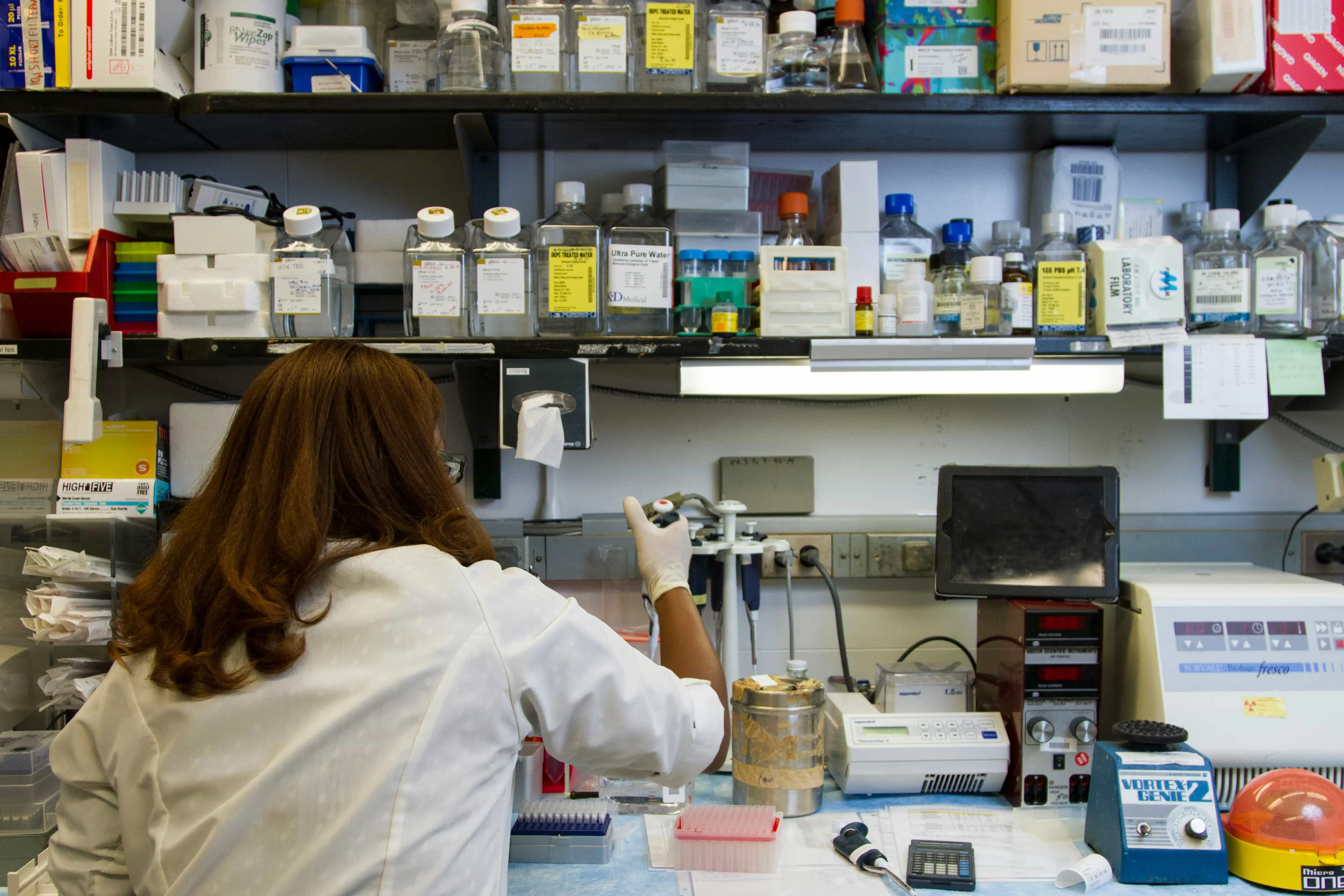Alzheimer’s disease, a condition that affects millions of people worldwide, is most commonly associated with memory loss, confusion, and difficulties with daily tasks. For years, researchers have been trying to figure out how Alzheimer’s starts in the brain, but the exact cause has remained a mystery. Now, a recent discovery may help explain how this devastating disease begins - and it could open the door to new, effective treatments.
Scientists have identified a key player in the early stages of Alzheimer’s disease: a protein called Apolipoprotein E (APOE). This protein, which is normally responsible for transporting cholesterol in the brain, can clump together and cause harmful changes in brain cells. This finding could help researchers understand how the disease develops and lead to new ways to stop it.
What Happens in Alzheimer’s Disease?
Alzheimer’s disease is most famous for causing amyloid plaques, sticky clumps of a protein called beta-amyloid (Ab) that build up in the brain. These plaques disrupt communication between brain cells, leading to the memory loss and confusion typical of Alzheimer’s.
While scientists have known about these plaques for many years, they haven’t been sure what causes them to form in the first place. The new research suggests that APOE could be the key. When APOE starts to clump together - or aggregate - inside certain brain cells, it triggers the formation of amyloid plaques, which then spread and cause damage throughout the brain.
What Is APOE and Why Does It Matter?
APOE is a protein that helps transport cholesterol and other fats in the brain. Normally, it plays an important role in keeping the brain healthy by helping manage cholesterol levels. However, this new study shows that under certain conditions, APOE can behave very differently.
The research found that APOE starts to aggregate inside special immune cells in the brain called microglia. Microglia are like the brain’s cleaning crew - they help clear out waste and protect the brain from damage. But when APOE clumps together inside these cells, it disrupts their normal function. Instead of protecting the brain, these microglia become part of the problem.
Once APOE aggregates inside microglia, it starts a harmful chain reaction. The clumped APOE helps trigger the formation of beta-amyloid plaques, which are one of the key features of Alzheimer’s disease. As these plaques form, they spread throughout the brain, interfering with communication between brain cells and causing the symptoms of Alzheimer’s.
How Does Cholesterol Play a Role?
Interestingly, the researchers found that cholesterol is involved in the way APOE behaves. APOE’s normal job is to manage cholesterol, but when cholesterol metabolism in the brain isn’t working properly, it leads to the clumping of APOE. This means that changes in how the brain handles cholesterol could contribute to the development of Alzheimer’s disease.
Cholesterol is already a well-known factor in heart disease, but this study suggests it could also play a role in Alzheimer’s. This opens up new possibilities for treatment, as drugs that help control cholesterol levels might also help prevent APOE from aggregating and causing damage in the brain.
Why Is This Discovery So Important?
This research is a game-changer for understanding Alzheimer’s disease because it provides a new explanation for how the disease might begin. For years, scientists have been trying to figure out what causes beta-amyloid plaques to form in the brain, and now they believe that APOE aggregation in microglia could be the trigger.
If this theory is correct, then targeting APOE could be a way to stop or slow down the disease before it causes too much damage. This could have a huge impact on the millions of people who are at risk of developing Alzheimer’s.
What Could This Mean for Future Treatments?
The discovery that APOE aggregation could be a key factor in Alzheimer’s opens up new opportunities for treatment. If scientists can figure out how to stop APOE from clumping together in the brain, they might be able to prevent the formation of amyloid plaques, which could slow down or even stop the progression of Alzheimer’s disease.
One promising idea is to use cholesterol-lowering drugs to help manage APOE levels in the brain. Since cholesterol metabolism is connected to APOE aggregation, controlling cholesterol could help prevent APOE from turning harmful. Drugs like statins, which are already used to lower cholesterol and protect against heart disease, could be explored as potential treatments for Alzheimer’s.
Additionally, scientists are looking at ways to directly target APOE in the brain. By developing treatments that prevent APOE from aggregating, they might be able to protect the brain from the harmful effects of amyloid plaques.
How Did Scientists Make This Discovery?
To uncover the role of APOE in Alzheimer’s, the research team used a specially designed mouse model. They genetically modified the mice so that they could track APOE in the brain. This allowed them to see exactly where APOE was going and what it was doing.
What they found was surprising - APOE was clumping together inside the microglia, and this was happening before amyloid plaques started to form. The team also looked at human brain samples from Alzheimer’s patients and found similar patterns, confirming that APOE aggregation plays a role in the disease in humans as well.
What’s Next for Alzheimer’s Research?
This discovery is an exciting step forward, but there is still a lot of work to be done. The next step is to test whether targeting APOE aggregation can actually prevent or slow down Alzheimer’s in people. Clinical trials will likely be needed to see if cholesterol-lowering drugs or other treatments can help stop APOE from causing harm in the brain.
In the meantime, this new understanding of how Alzheimer’s begins gives scientists a fresh target to focus on. By preventing APOE from clumping together, it might be possible to stop the disease in its tracks, offering new hope for patients and families affected by Alzheimer’s.
Conclusion: A New Hope in the Fight Against Alzheimer’s
This new research provides a key piece of the puzzle in understanding how Alzheimer’s disease starts in the brain. By discovering that APOE aggregation in microglia can trigger the formation of amyloid plaques, scientists have opened up a whole new path for potential treatments.
While there’s still much to learn, this breakthrough offers hope that one day we may be able to prevent or even cure Alzheimer’s disease. With further research, we could soon have new tools to fight this devastating condition and improve the lives of millions of people around the world.


